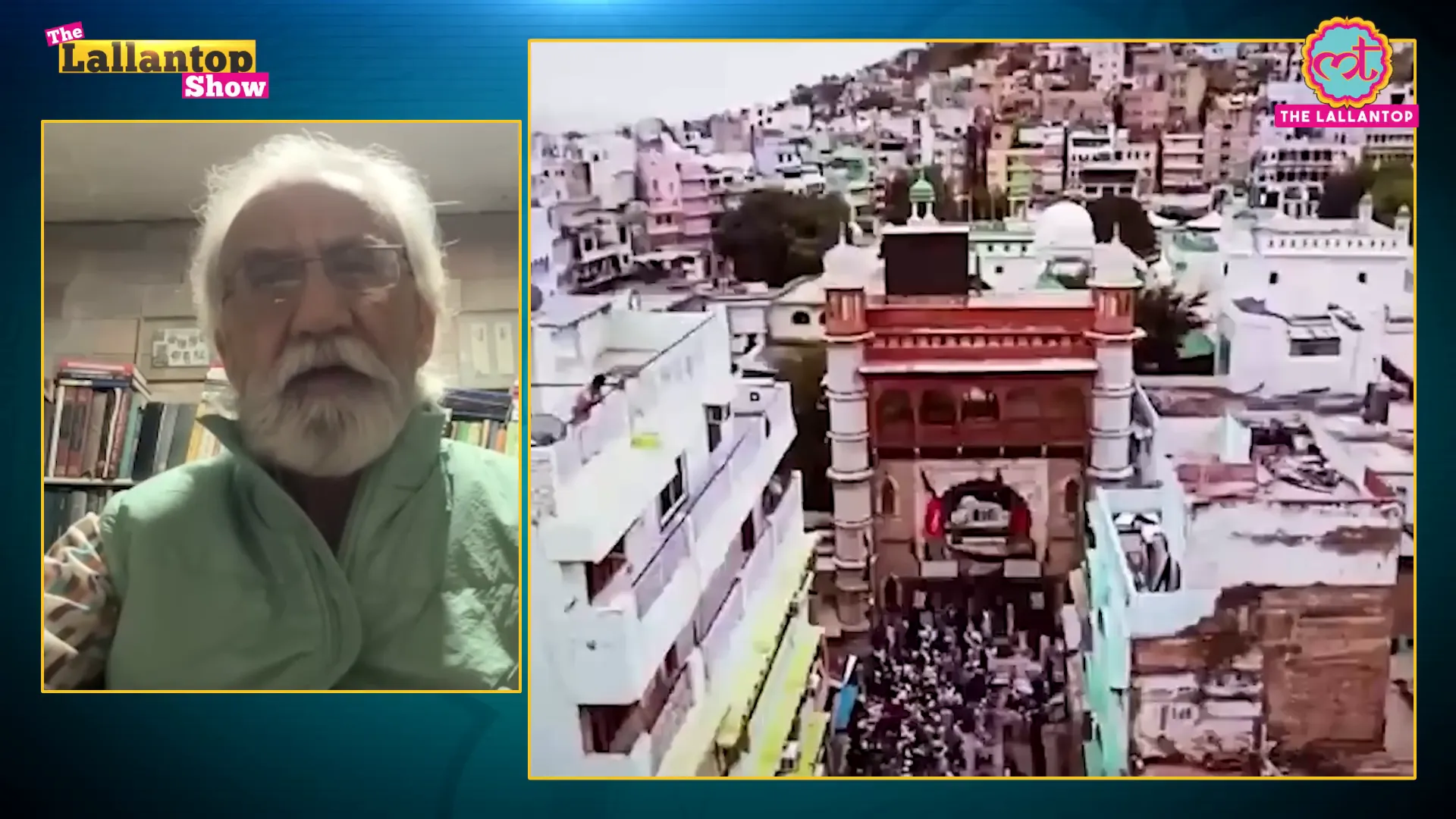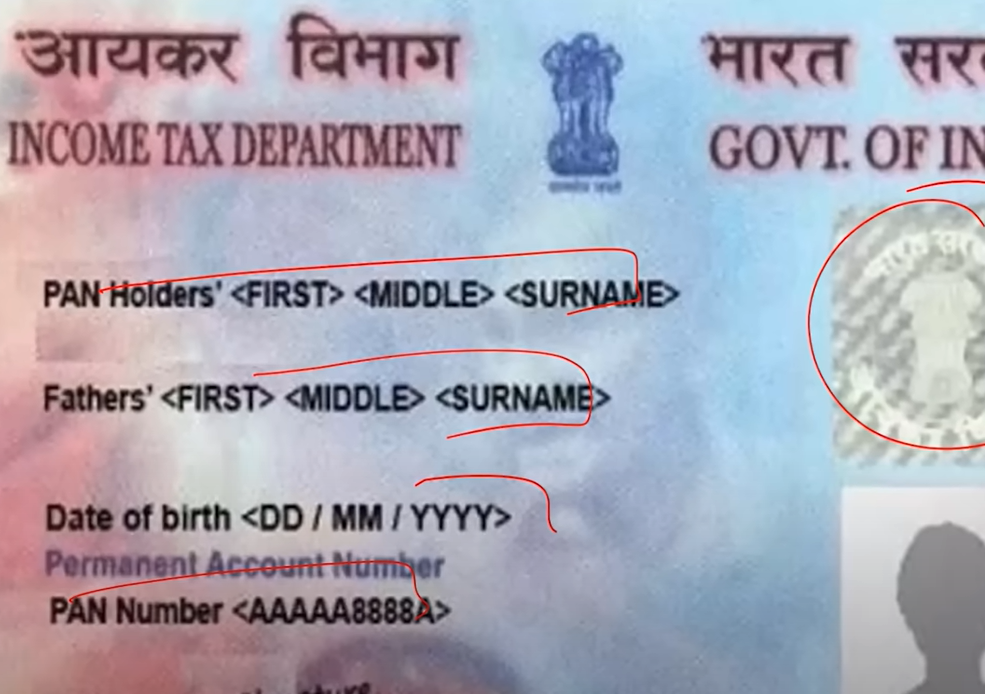
Controversy Surrounding Ajmer Sharif Dargah: Historical Claims and Political Reactions

The Ajmer Sharif Dargah, located in Rajasthan, is a revered site that is at the centre of a heated debate about its historical origins. Recent claims suggest that the site, known for its Sufi heritage, was once a Hindu temple dedicated to Lord Shiva. This blog discusses the intricacies of this controversy, examining the historical context, the implications of recent court actions, and the various political responses that have emerged as a result.
Background of the Dargah
The Ajmer Sharif Dargah is dedicated to Khwaja Moinuddin Chishti, a prominent Sufi saint who came to India in the 12th century. His teachings and philosophy attracted followers from various backgrounds, making the dargah a symbol of communal harmony. The current structure of the dargah was built in the 16th century by the Mughal emperor Humayun, with significant contributions from later emperors, including Akbar.
Historically, the shrine has served as a place of pilgrimage for people of various religions, including Hindus and Muslims. It is this multicultural significance that makes recent claims about its origins particularly controversial.
The Recent Court Case
On November 27, 2024, the Ajmer District Court issued notices in connection with a petition filed by Hindu Sena chief Vishnu Gupta. The petition claims that beneath the dargah lies the Sankat Mochan Mahadev temple, which was allegedly destroyed to build the dargah. The request made by Gupta for an archaeological survey is aimed at establishing the historical truth behind these claims.
The court has sought responses from key stakeholders, including the Archaeological Survey of India (ASI) and the Ministry of Minority Affairs, to submit their views on conducting the survey by December 20, 2024.
Arguments Presented in Court
Vishnu Gupta’s petition references claims made in 1910 by Justice Har Bilas Sharda, who suggested that the site originally had a Shiva temple. Gupta argues that remnants of Hindu architecture can still be seen in the design of the dargah, including its ornate gateways, which resemble those of Hindu temples. He further argues that a Shivalinga was worshipped at the site, which was hidden decades ago.
The claim has sparked a wider debate about the historical narrative around religious sites in India. Gupta insists that if the dargah committee has registration documents, they should be cancelled in view of these claims.
Legal Context: The Places of Worship Act
According to the Places of Worship (Special Provisions) Act 1991, the status of religious places should remain as it was on 15 August 1947. This law was aimed at preventing communal tensions over historical grievances. However, the recent court verdict allowing a survey of religious places, including the Gyanvapi mosque, has raised concerns about the implications for other sites such as the Ajmer Dargah.
Critics argue that the current legal proceedings could undermine the purpose of the Places of Worship Act, opening the door to conflict and violence at places of worship.
Political Reactions: Divided Opinions
Various political leaders have weighed in on the controversy, reflecting the polarised sentiments on the issue. Union minister Giriraj Singh has supported the petition, saying historical claims of the temple being demolished must be investigated. He argues that the current government is only addressing grievances that have been ignored for decades.

On the contrary, opposition leaders, including AIMIM MP Asaduddin Owaisi, condemned the petition, calling it a dangerous precedent that endangers communal harmony. Owaisi highlighted the historic significance of the dargah as a place of worship for over 800 years and warned against politicising religious sentiments.
Former Jammu and Kashmir Chief Minister Mehbooba Mufti also criticised the court’s decision to consider such petitions and said it could escalate tensions across the country.
The Broader Implications of the Controversy
The ongoing debate about the Ajmer Sharif Dargah raises important questions about historical narratives and India’s approach to religious pluralism. Since various stakeholders are involved in this discussion, the potential for communal unrest is very high. This situation reflects a wider tendency to revisit historical grievances, which often leads to increased tensions between different communities.

As the case progresses, its outcome will not only affect the future of the Ajmer Dargah but will also set a precedent for how similar disputes are handled in India.
Conclusion
The dispute surrounding the Ajmer Sharif Dargah is a microcosm of the complex intertwining between history, religion and politics in India. With the upcoming court hearings, all eyes will be on how the judiciary handles these sensitive issues. The stakes are very high, not just for the parties concerned but for the social fabric of the entire country.









